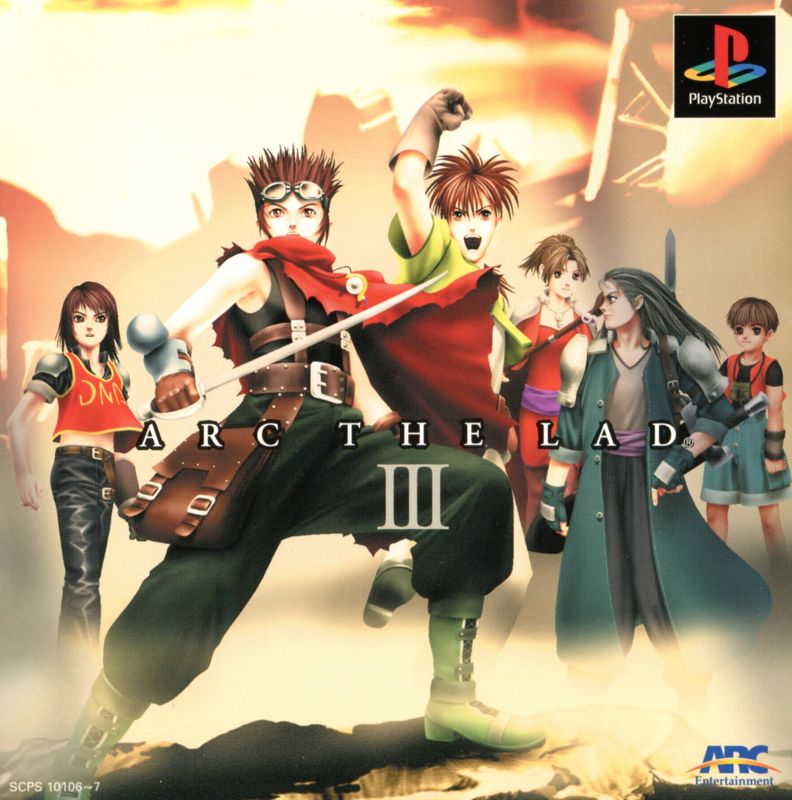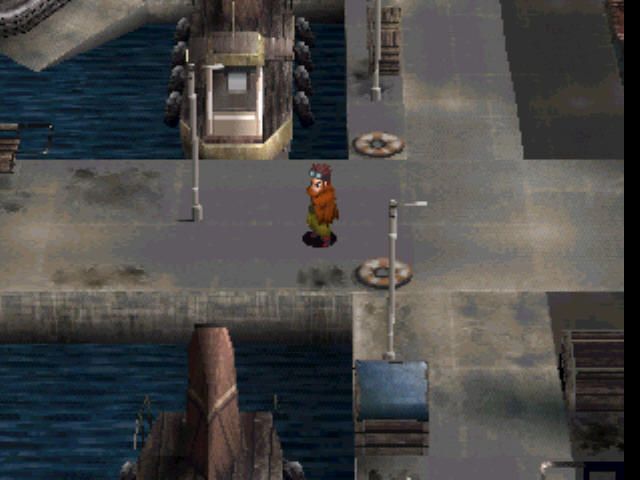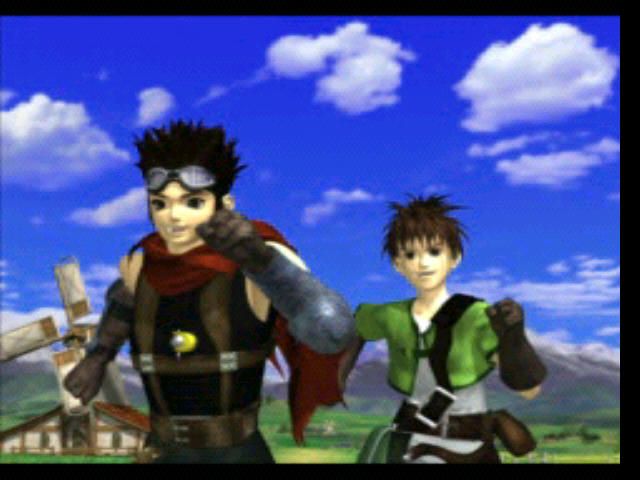Retro Replay Review
Gameplay
Arc the Lad III retains the strategic, turn-based combat that defined its predecessors, allowing players to maneuver characters freely across grid-based battlefields. Each character possesses unique movement ranges and attack radii, encouraging thoughtful positioning and the use of environmental obstacles to gain the upper hand. This spatial depth adds an engaging tactical layer, whether you’re flanking foes with Alec’s sword or peppering them with Lutz’s arrows.
(HEY YOU!! We hope you enjoy! We try not to run ads. So basically, this is a very expensive hobby running this site. Please consider joining us for updates, forums, and more. Network w/ us to make some cash or friends while retro gaming, and you can win some free retro games for posting. Okay, carry on 👍)
Progression systems feel both familiar and refined. Weapons can be upgraded through forging, requiring specific materials that drop from monsters or are sold in specialty shops. Experimenting with different combinations not only boosts your arsenal’s power but also unlocks visual changes that highlight the PS1-era craftsmanship. Magic users and melee fighters alike benefit from a diverse technique list, with spells that can buff allies, inflict status ailments, or deal elemental damage to clusters of enemies.
Side quests and Hunter jobs provide a steady stream of challenge and reward outside the main narrative. Tasks range from exterminating local monster nests to escorting vulnerable NPCs across dangerous terrain. These diversions grant experience, unique items, and deeper insight into the world of the Great Disaster survivors. With limited inventory slots and a modest save-point frequency, resource management remains a satisfying challenge rather than a chore.
Graphics
Visually, Arc the Lad III is a testament to the PS1’s late-era potential, featuring richly textured pre-rendered backgrounds coupled with expressive 2D character portraits. Towns and dungeons are brought to life with vibrant palettes, while dynamic lighting effects—like flickering torches in caves—enhance immersion. Though polygon counts are modest by today’s standards, the game’s artistic direction more than compensates, delivering environments that feel lived-in and atmospheric.
Battles present fully 3D arenas that smoothly transition from the overworld, complete with animated damage effects and spell animations that pop despite hardware limitations. Character models are distinct in silhouette and color scheme, making it easy to track party members and enemies even in hectic skirmishes. Cutscenes blend in-engine sequences with beautifully drawn anime-style panels that punctuate key story beats and maintain narrative momentum.
While occasional texture warping and frame drops can surface in larger battle arenas, these technical hiccups are rare and never detract significantly from the overall experience. Whether traversing the pastoral fields of Alec’s adoptive village or exploring the foreboding towers of the Academy, the game consistently showcases a cohesive, nostalgic aesthetic that will appeal to fans of classic JRPG visuals.
Story
Set years after the climactic events of Arc the Lad II, this chapter centers on Alec, a teenager haunted by the memory of his destroyed village. Saved and raised by an enigmatic Hunter, Alec’s dream of rejoining the Hunter ranks drives him to venture beyond the safety of his makeshift home. Accompanied by his witty childhood friend Lutz, he takes on small-scale missions, forging bonds and honing his skills with each completed job.
The narrative gains momentum when the duo crosses paths with the Academy, a secretive organization shrouded in mystery. Intrigue builds as Alec and Lutz uncover a sinister plot that threatens not only their world but the fragile peace established after the Great Disaster. Supporting characters—ranging from defectors of the Academy to fellow Hunters—add depth through side stories that explore themes of lost identity, redemption, and the moral cost of power.
Story pacing is well-crafted, delivering a steady drip of revelations and emotional stakes. While the script occasionally dips into genre tropes, compelling character arcs and moments of genuine camaraderie keep the tale fresh. The blend of personal growth and high-stakes conspiracy offers a satisfying narrative blend, making each chapter feel both intimate and consequential.
Overall Experience
Arc the Lad III strikes a balanced chord between nostalgic homage and incremental innovation, making it a standout entry in the series. Combat encounters remain engaging from first to last act, backed by a rewarding progression system that encourages experimentation with party composition and equipment builds. The moderate difficulty curve ensures veterans feel challenged, while newcomers to tactical JRPGs won’t be overwhelmed.
The game’s world is populated with memorable locales and NPCs, each adding color to the post-Great Disaster landscape. Between evocative graphics and a stirring soundtrack that shifts mood effortlessly, exploration feels both purposeful and enjoyable. The variety of side content—from arena battles to hidden item hunts—extends playtime well beyond the main story, offering ample incentive to revisit towns and dungeons.
While some dated mechanics and aesthetic choices are evident, they rarely hamper the sense of adventure that defines Arc the Lad III. For fans of classic JRPGs or those seeking a robust, character-driven tale on the PlayStation, this installment delivers a compelling package. With its satisfying blend of strategy, storytelling, and exploration, it remains a worthy journey into a world scarred by catastrophe, yet ripe with hope.
 Retro Replay Retro Replay gaming reviews, news, emulation, geek stuff and more!
Retro Replay Retro Replay gaming reviews, news, emulation, geek stuff and more!









Reviews
There are no reviews yet.